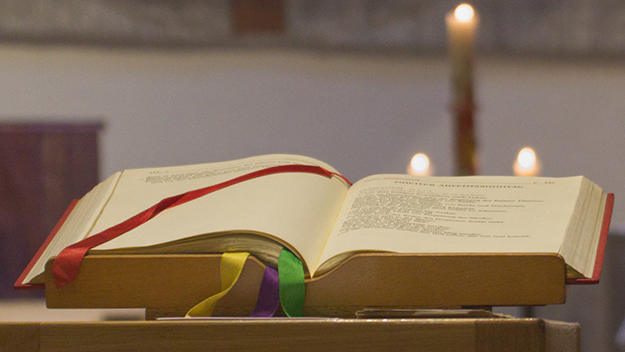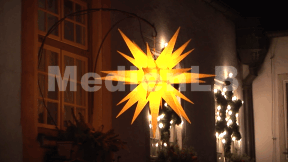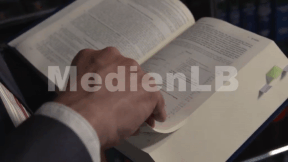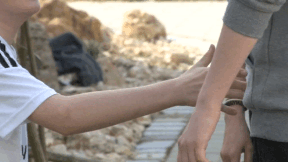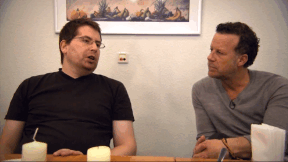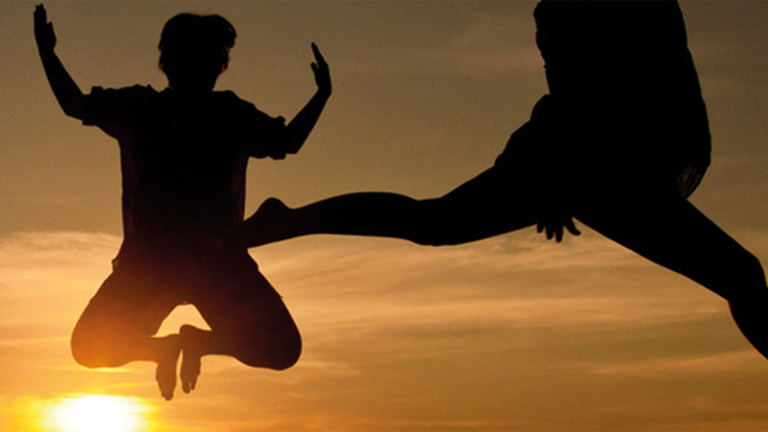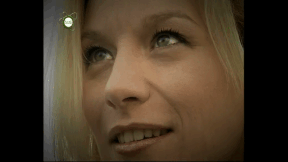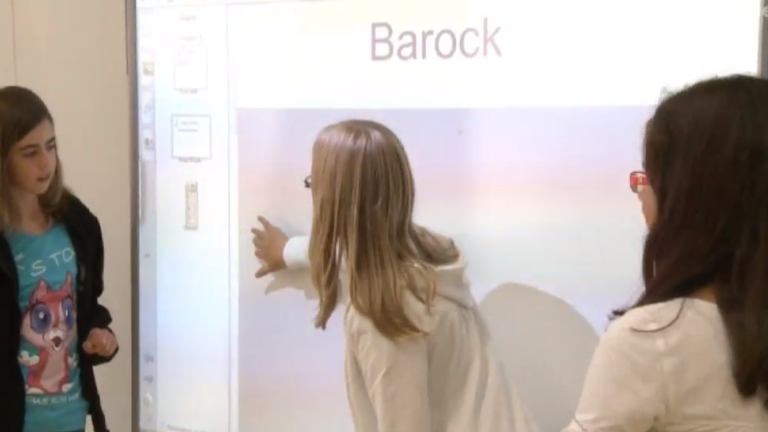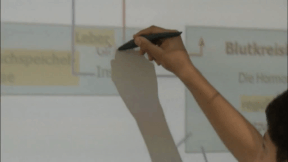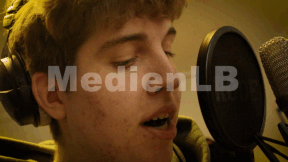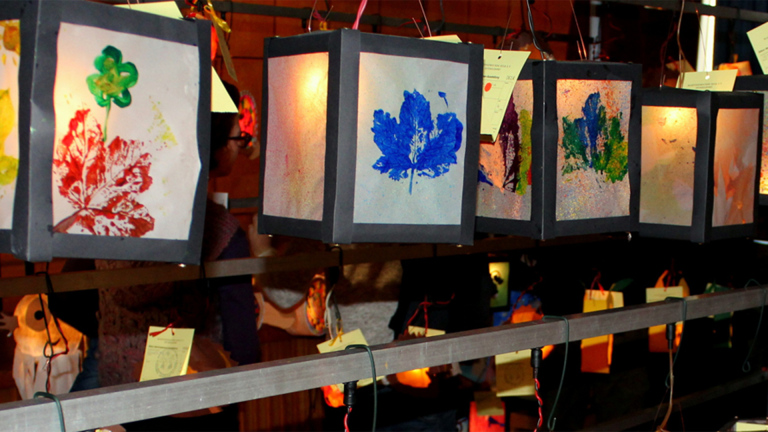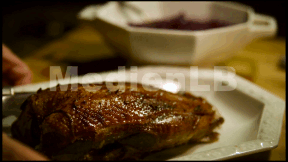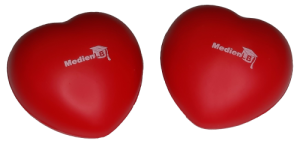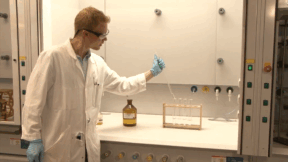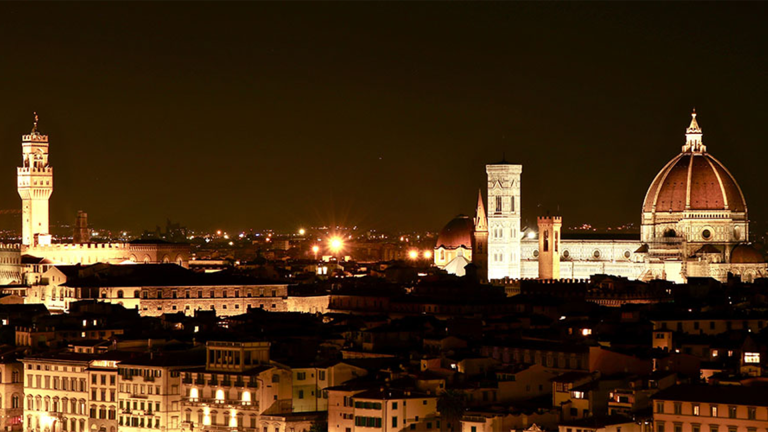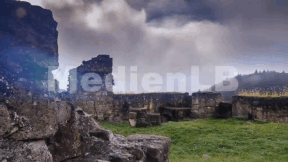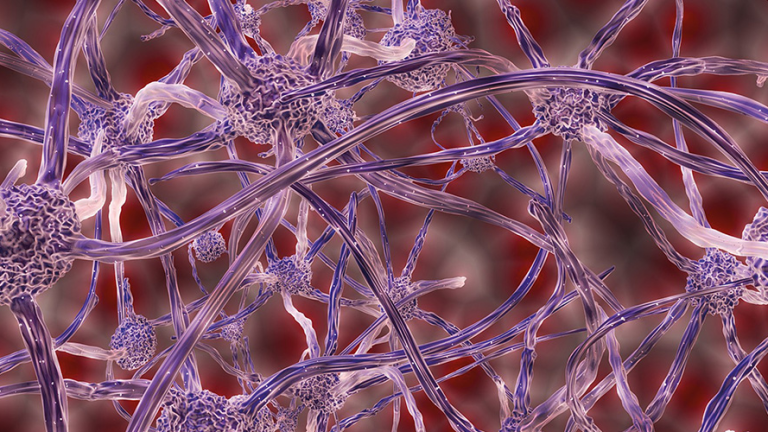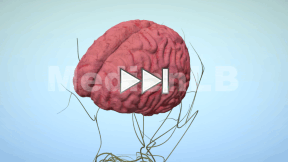Suche:
- # Artistry
- # Biology
- # Chemistry
- # Ecological
- # Economy
- # English
- # Foreign Language
- # Geography
- # German
- # Health
- # History
- # Informatik
- # Latin
- # Mathematics
- # Media Education
- # Music
- # Physics
- # Politics / Civics
- # Preschool
- # Primary School
- # Religion
- # Society
- # Sports
- # Technology
- # Training of Teachers
- # Vocational Education
The Bible
It is big and small. Thick and thin. Old and new. Colourful and plain. It is available as a mobile app, in braille and as a storybook. It is the most widespread and most widely read book in the world. It has been translated into more than 3,000 languages. It is also called the Book of Books. Or simply – the Bible.
Learn moreGedenk- und Feiertage
Feiertage gibt es in allen Kulturen. Es sind Festtage mit entweder gesellschaftlichem, religiösem oder politischen Hintergrund. Diese Feiertage finden jährlich an einem festgelegten Tag statt. In Deutschland gibt es Feiertage, an denen flächendeckend nicht gearbeitet wird. Hierbei handelt es sich um gesetzliche Feiertage. Bei anderen Feiertagen, meist mit religiösem Hintergrund, entscheiden die Bundesländer individuell, ob es sich um einen tatsächlich arbeitsfreien Tag handelt. Im Film beschrieben werden nicht nur Feiertage in Deutschland, sondern auch z.B. islamische Feiertage, oder der Christopher Street Day als politisches Statement.
Learn moreRights and Obligations
Three girls of different ages: Anna is 17, Paula 15 and Lena 13. Before the law, their respective ages have consequences – because children and adolescents have different rights and also obligations.
Learn moreTolerance
“Tolerance means being generous and kind to other people and helping them, too.”
Learn moreDer Tod gehört zum Leben
Es gibt wohl kaum einen Aspekt unseres Lebens, der ähnlich eng mit ihm verknüpft ist, den wir aber dennoch gerne so weit wie möglich von uns weisen: den Tod.
Learn moreKörpersprache
Körpersprache – jeder benutzt sie, aber meistens ist uns das gar nicht bewusst.
Learn moreInteractive Whiteboards
Although the computer found its way into school some time ago already, it has mostly led a marginal existence so far, banished to extra practice rooms or to the side of the classroom. With the new medium of the interactive whiteboard the computer promptly becomes the focus of the lessons as the central hub. On the digital board that projects contents via a beamer like on an oversized computer monitor, pictures and texts as well as audio and video files can be displayed. The possibilities of representation on this new white board, the whiteboard, seem to be almost unlimited compared to the traditional blackboard. But with the help of the board things cannot just be better represented, the computer-connected board can, in addition, be used by teachers and pupils as a universal tool. On it, content in a new - that is interactive - form can be searched online, organised and presented in the classroom.
Learn moreEin Rap entsteht
Der Rap, als Teil des Hip-Hop, entwickelte sich in den 1970er und 80er Jahren in den USA, hauptsächlich in den New Yorker Stadtteilen Bronx und Brooklyn.
Learn moreSaint Martin
Every year on November 11, Saint Martin’s Day is celebrated. This church festival is also referred to as Saint Martin’s Feast.
Learn moreResearch Made Easy
There are people who much enjoy finding out things that nobody has found an answer to yet. These people are called scientists. They work to ensure that we humans are able to understand our world better. They discover lots of things that nobody knew before. Or they discover something that occurred so long ago that there is nobody who can remember it any more.
Learn moreRenaissance
While large parts of Europe still lived in the Dark Middle Ages and huge cathedrals dominated the cities, a new consciousness blossomed in Florence, Italy at the beginning of the 15th century:
Learn moreNeuronen
Was wir fühlen, wie wir reagieren, das wird gesteuert durch die Nervenbahnen unseres Gehirns. In dem Film wird das Nervensystem dargestellt und der Aufbau der einzelnen Nervenzellen erläutert. Welche Übertragungswege ein Reiz nimmt und auf welchen Wegen eine Reaktion ausgelöst wird, wird in anschaulichen Grafiken gezeigt.
Learn more



